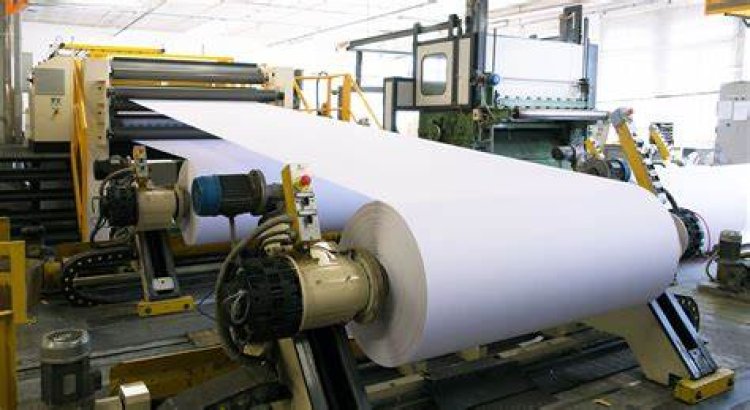Pulp and paper versus deforestation
Paper and pulp industries are some of the greatest factors which contribute to massive deforestation, yet trees are essential in protecting the environment and enhancing rainfall.

The rate at which deforestation is being accelerated for the quest of making paper and pulp is unprecedented, as a result, governments and organizations ought to resort to the application of de-printing machines, as a way of saving forests.
A piece of paper that has content printed on it, is inserted into the de-printing machine, and then the ink on the paper is absorbed hence rendering the paper to be blank thus enabling it to be used, and it can be used ten times.
The BBC reported this week that this will significantly reduce the amount of paper used, hence helping in forest conservation.
Globally, it's estimated that annually around 405 million tons of paper and paperboards are produced, totalling approximately to 13-15 per cent of total wood consumption.
With the existential increment of the demand pertaining to paper-related products globally, production could double by 2050.
In addition to that, paper production has a negative effect on the environment and the sector is the fourth largest industry in terms of energy consumption.
More so, paper production requires a lot of water, depending on the efficiency of the mill, because it uses more water than any other industry such as the steel and petroleum refining industry.
What could ensue if the current trends of exploitation continue unabated?
Increasing demand for paper and pulp as well as packaging spurs the demand for fibres, catalyzing the need to harvest more forests and establish new plantations.
If forests and plantations aren’t managed sustainably, this will exert more pressure on natural forests, moreover when they are instrumental in fighting climate change by absorbing greenhouse gases.


 Alphonse Rutazigwa
Alphonse Rutazigwa 




























